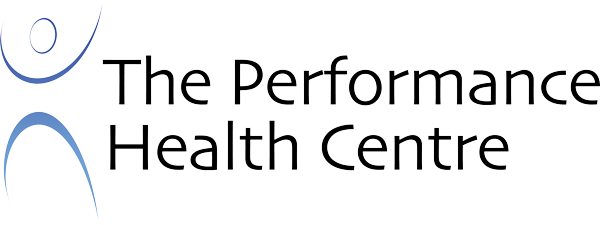Active Release Technique (A.R.T.) is a movement-based soft tissue therapy developed, refined, and patented by Michael Leahy, D.C., C.C.S.P.. Dr. Leahy noticed many symptoms with which patients complained of seemed to be related to changes in their soft tissue that could be felt by hand palpation. By observing how muscles, fascia, tendons, ligaments and nerves responded to different types of his manual work, Dr. Leahy was able to consistently resolve over 90% of his patients’ problems using this soft tissue therapy. He now teaches and certifies health-care providers all over the world to use his technique and Dr. John Super, D.C. is a certified provider of Active Release Technique (A.R.T.).
Cumulative trauma disorders, also known as repetitive stress (or strain) injuries or overuse syndromes, are major problems in the workforce, athletic population, musicians, as well as the general population. These syndromes are more commonly known as rotator cuff syndrome, tennis elbow, tendonitis, plantar fasciitis, carpal tunnel, and chronic low back pain, to name a few. A major problem with cumulative trauma disorders is the accumulation of adhesions, formed initially as a protective mechanism serving to limit the motion of the affected tissues to allow the damaged tissue to heal slowly. Adhesions develop between joints and stick or attach to muscles, ligaments, tendons, nerves, and blood vessels, resulting in restricted motion and or numbness or tingling if nervous structures are obstructed. As the tense soft tissue structures rub against each other, eventually, an injury occurs, which heals with inflammation and scar tissue formation.
What can Active Release Therapy treat?
Active Release Techniques and may serve as a valuable resource in treating such cases as:
- Shin Splints
- Overuse injuries
- Low Back Pain
- Sciatica
- Whiplash
- Neck Pain
- Headaches
- Rotator Cuff Injury
- Temporomandibular Joint Disorder (TMJ)
- Osteoarthritis
- Ligament Sprains
- Muscle Strains
- Plantar Fasciitis
- Golfer’s Elbow
- Tennis Elbow
- Carpal Tunnel Syndrome
- Iliotibial Band Syndrome / Knee Pain
- Achilles Tendonitis
Each of these factors can cause your body to produce tough, dense, scar tissue in the affected area. This scar tissue binds up and ties down other tissues that need to move freely. As scar tissue builds up, muscles become shorter and weaker, tension on tendons can cause tendonitis, and nerves can become entrapped. This can cause reduced ranges of motion, loss of strength and pain. If a nerve is trapped, you may also feel tingling, numbness and weakness.
Solution
Ultimately, early assessment, diagnosis, and treatment of cumulative trauma disorders from everyday work and/or trauma from sports injuries is ideal; however, long standing adhesions complicated by joint dysfunction etc. can also be addressed. Once these adhesions are released, separated and broken up using Active Release Technique (ART), the underlying soft tissue will re-establish optimal texture, resilience, and proper function (1), becoming smooth allowing the muscles, ligaments, tendons, nerves, and blood vessels to move freely on each other. Take control and actively release your pain, knowing that we are fully committed to providing quality non-surgical drug-free care.
References
1. Leahy MP. Improved treatment for carpal tunnel and related syndromes. Chiropractic Sports Medicine. 9(1):6-9, 1995.
Does extended insurance cover ART?
Yes. ART is recognized by WSIB and most insurance providers. A receipt will be issued to you at the end of each treatment. If you don’t have an extended health care plan, save your receipts for income tax purposes.





